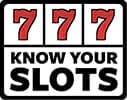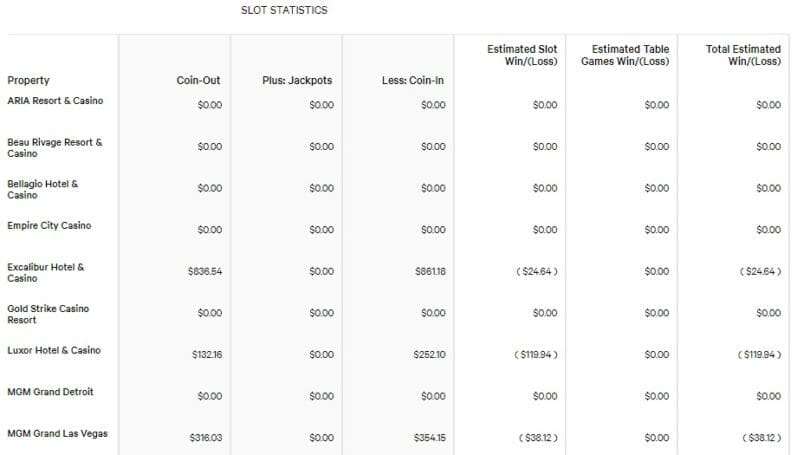I’ve received a couple of questions around win/loss reporting recently, and tax season is getting underway, so it seems like a good time to revisit these topics. Here are the questions I received:
I’m trying to understand my win/loss statement from San Manuel in California. It states coins out + jackpot pay out – coins in = a loss in my case. According to them I have over a million dollars in coin in. There is no way in the world I put in a million dollars during a year in to the slots.
Please explain this so I can explain it to my tax preparer. I am going to be writing off my losses (obviously more than my wins) but I don’t understand my win loss statement. Help
And this one:
I got a win/loss statement from a casino and they say money in 80,000+ and money out 70,000+. I did not ever play 80,000 in one year. I do not even have that kind of money. How did they figure it?
This is a common confusion point for many players. So let’s start by going back to the definition of coin-in/coin-out previously posted on the site:
Coin-in, simply speaking, is the total amount of bets made. Let's say you pick a slot machine and bet $1 per spin and do 100 spins. Your total coin-in is $100. Coin-in is not a count of how much currency you've inserted into the machine, but instead a cumulative total of wagers made. [...] Coin-out is its counterpart - it's a cumulative accounting of how much you've been paid back on those wagers. Let's use that same 100 spin example. Let's say that in total you received $75 in line hits and a $20 bonus. That would be a total coin-out of $95, since your total pays for those wagers is that amount. Once again, it's not what you cash out of the machine.
So when you’re seeing cumulative figures like $1 million or $80,000 of coin-in, it’s simply adding up every single wager tracked on your players card for that period of time. It’s not tracking how much money you’re inserting into the machine.
Similarly, coin-out is every single payout (perhaps minus jackpots, which will generally have its own column on the report) for that same window of time.
The total win/loss, however, should match up with how much you spent, because in the end the total wagers and wins will still align with your total win/loss for that period of time at that casino.
I recently returned from a trip to Vegas, and they tracked $10,000 of coin-in on my play at one chain, and $9,000 of coin-out, meaning a total loss of about $1,000. That does match up with my records, which indicates I spent $1,000 at their casinos gambling over the course of my trip.
I didn’t put $10,000 into the machines – I didn’t have a budget of $10,000 for the trip, but I did make enough wagers for that to be plausible (and, working out to about a 90 percent payback, is also well within reason for overall slot paybacks as well).
So it’s important to remember how many wagers we do on a slot machine, and how they can add up (400-600 spins an hour is the average, and many of us are there hours at a time, however many times a month). That’s how these numbers can get so big. And if your win/loss numbers seem surprisingly large, it might be a healthy reminder to review your casino budget and make sure you’re comfortable with that amount of spend.





